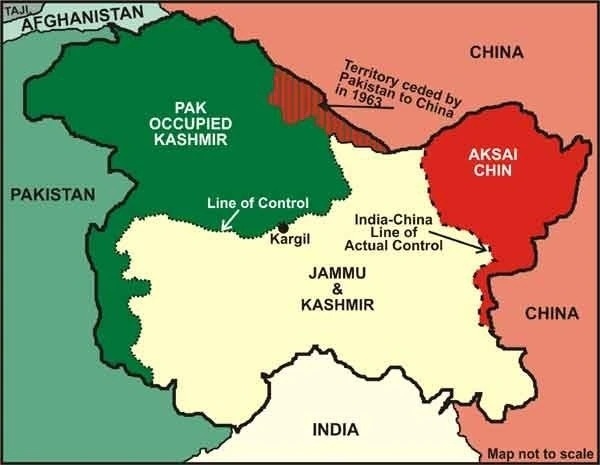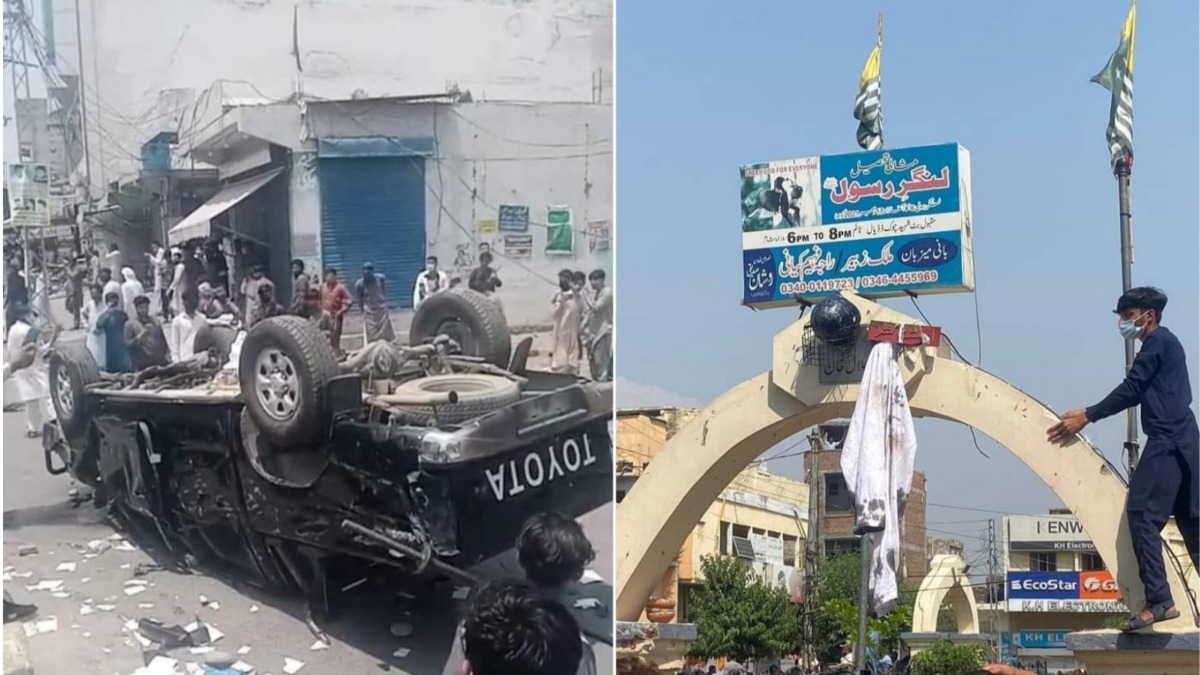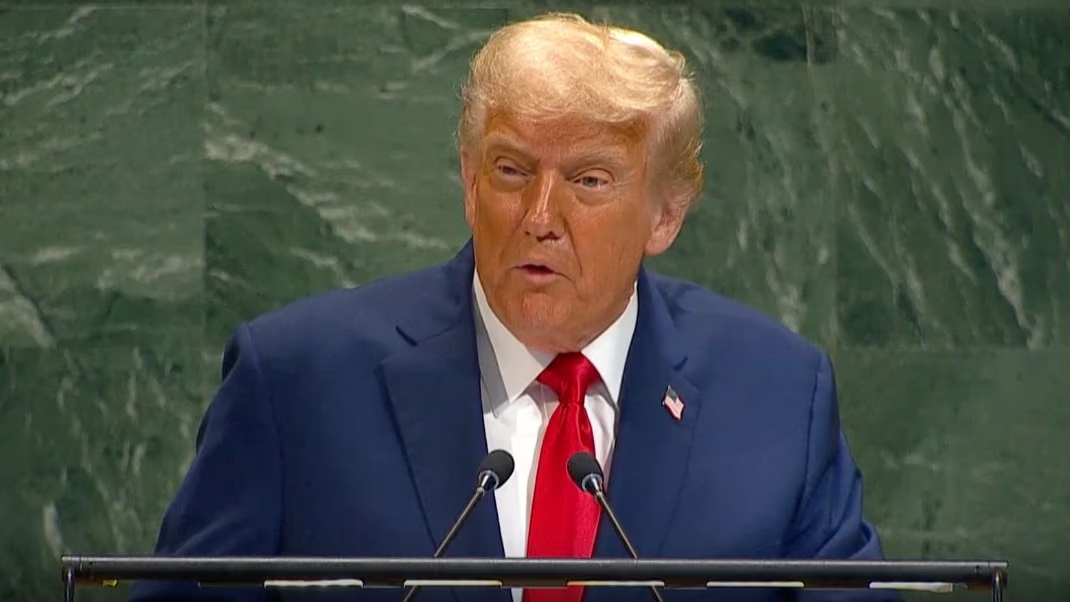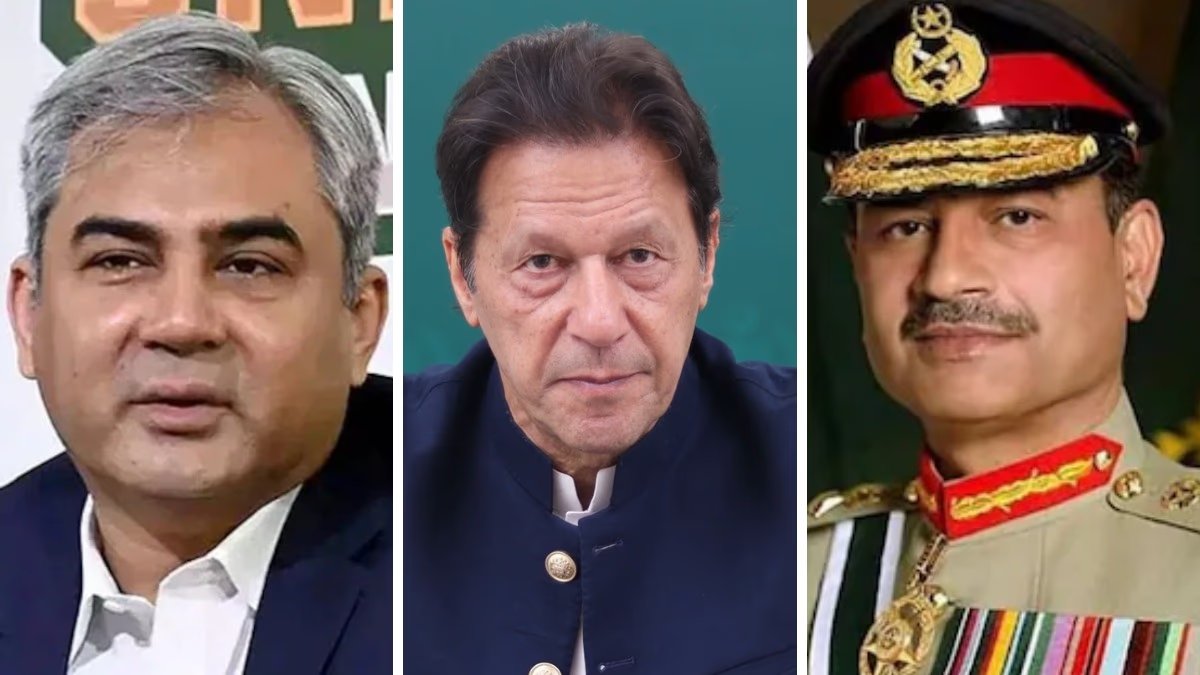Once again, Pakistan-administered Kashmir is engulfed in violence. Its people have taken to the streets in a formidable display of opposition against the Pakistani government. Three days of relentless protests suggest no signs of abating in PoK, where cries of freedom resonate in the air.
According to the news agency PTI, the violent demonstrations have led to the death of a police officer, with reports suggesting over a hundred injuries.
Organized under the banner of the Jammu-Kashmir Joint People's Action Committee (JAAC), the people of Mirpur have spoken to the 'Dawn' acknowledging the death of SI Adnan Qureshi amidst clashes. Struck by a bullet to the chest, Qureshi's demise is a somber testament to the unrest.
The People's Action Committee, primarily comprising small traders, calls for affordable flour, cheaper electricity, and an end to elite privileges. With more than seventy activists detained, the police crackdown on the committee's ranks reveals escalating tensions.
Meanwhile, President Asif Ali Zardari and Prime Minister Shahbaz Sharif urge restraint and dialogue for conflict resolution.
The Current Climate in PoK
While protests against the Pakistani government are common in PoK, the recent upheaval has morphed into violence. Local media report communication blackouts, with Mirpur's entire mobile and internet services shut down.
Friday witnessed the People's Action Committee announcing a shutter-down strike and a transportation blockade. The committee planned a march from Kotli to Muzaffarabad on Saturday, but even before the scheduled march, violent clashes erupted between police and protesters in PoK's capital.
JAAC spokesperson Hafiz Hamdani clarifies that the committee is not linked to the violence, alleging infiltrators within the demonstrators to discredit their peaceful activism.
With today marking the fourth day of the strike, there remains a persistent tension in PoK. Administrators have enforced prohibitions on gatherings, processions, and rallies across districts, invoking section 144 to maintain order.
Also Read:
The Reasons Behind the Protests
Local leaders in PoK allege discriminatory policies by the Pakistani government and claim militarization of the area.
Last week, PoK activist Amjad Ayub Mirza identified inflation, unemployment, the termination of subsidies on wheat and flour, and electricity tariffs as the seeds of public discord.
President Asif Ali Zardari assures legal and fair addressal of the grievances of PoK's inhabitants.
In contrast, Pakistan's Finance Minister Abdul Majid Khan claims an agreement met the action committee's demands, agreeing to return to 2022 subsidy levels for flour and electricity tariffs, but the committee later withdrew from the agreement.
Electricity in PoK is a longstanding hot-button issue. Less privileged parts of PoK face prolonged power cuts while affluent sectors enjoy uninterrupted supply. Activists claim, despite hours-long outages, residents face hefty electricity bills.
Read More:
Why the Resentment Toward Pakistan?
1. Electricity:
Despite PoK generating 20% of Pakistan's electricity through the Mangla Dam, it receives only 30% of its requirement, with most diverted to Punjab province.
2. Infrastructure:
PoK suffers from weak infrastructure—lacking roads, bridges, and quality schools and hospitals over 70 years, with the military reportedly monopolizing any developments.
3. Inflation:
While Pakistan grapples with nationwide inflation, PoK feels a disproportionate brunt—deprived of government aid and even basic subsidies like those for flour.
4. Ignoring Locals:
PoK, with its wealth of natural resources, is viewed by Pakistan as merely strategic land, with local needs sidelined and increasingly exploited as a haven for terrorism activities.
5. Local Governance:
Branded 'Azad' (Free) Kashmir by Pakistan, PoK possesses its parliament and prime minister. However, allegations of rigged elections are rampant, and current PM Anwar-ul-Haq is often deemed a puppet of the Pakistani government.
Explore Further:

Source: aajtak
A Look at PoK
PoK is essentially divided into two regions: Azad Kashmir, as claimed by Pakistan, and Gilgit-Baltistan, situated in the northernmost area bordering Ladakh. Collectively spanning over 90,972 square kilometers, the strategically crucial PoK borders several nations and remains underdeveloped, fueling demands for true autonomy.
How Pakistan Illegally Occupied the Land
Merely months after independence, thousands of tribal militants supported by the Pakistani government and armed forces crossed into Kashmir on October 22, 1947, with aims to annex it into Pakistan.
Maharaja Hari Singh signed the instrument of accession with India on October 26, 1947, followed by the arrival of Indian forces. Indian troops began to push back the intruders.
On Mountbatten's advice, Prime Minister Nehru brought the Kashmir conflict to the United Nations on January 1, 1948, leading to four UN resolutions. While negotiations ensued, Pakistan had already seized a large portion of Kashmir.
A ceasefire was established, but it also decreed that the land in India's hands would remain with India and Pakistan's occupied territories would be recognized as PoK.




